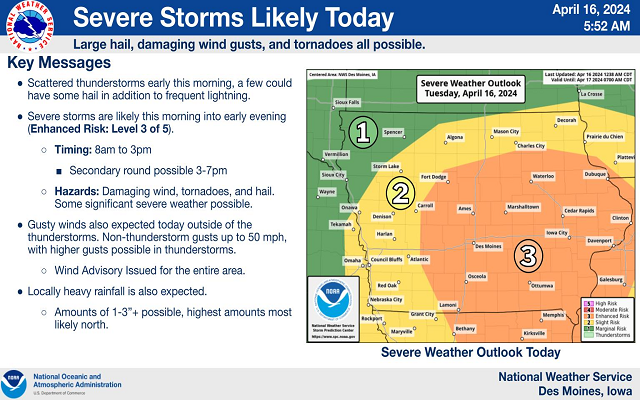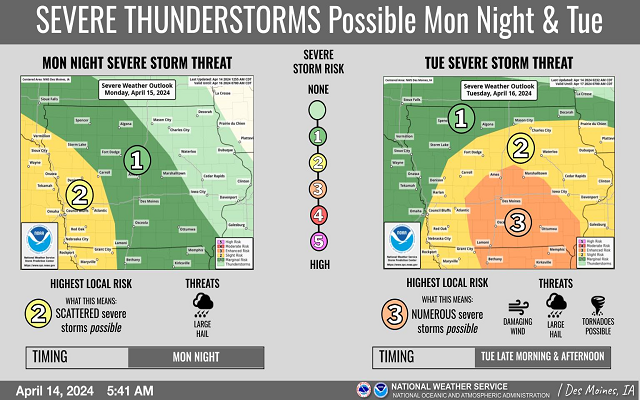Search is on for mudpuppies on the Upper Cedar River

An Iowa D-N-R specialist who is studying mudpuppies on the Mississippi River is also involved in a separate study of the slimy creatures in the Upper Cedar River from the Minnesota state line to the dam in Nashua. Fisheries technician, Kevin Hanson, says this study came about because of the muddpuppy connection as the host for the salamander mussel larva.
“We’re working on a joint wildlife grant project with Minnesota — and its because of the rich mussel bed that’s in the Upper Cedar River — and the potential to reintroduce the salamander mussel to that area, because it is really good habitat,” Hanson says. The mudpuppy is Iowa’s largest and only fully aquatic salamander.
“You can’t have the salamander mussel without mudpuppies — so they asked me to go over and try to find mudpuppies in the Upper Cedar to see if there would be hosts for salamander mussels in the future,” according to Hanson. He says the mudpuppies can be elusive.
“We’ve gotten reports from anglers that they’ve seen them — but we haven’t been able to trap them. So, we really don’t know what the population is like there,” he says. Hanson says mussels are an important part of ecosystems and can help clean the water or let them know if the water is too dirty.
“Certain species aren’t as tolerant of polluted or dirty water and so you won’t find those in habitat and water quality that isn’t very good,” Hanson explains. “And to a certain extent, that can be a problem with mudpuppies as well. I think what we see is they need good stable, rocky habitat that doesn’t silt in. If it silts in they don’t survive. So, mudpuppies are also a good indicator of water quality and habitat.” He asks anglers across the state to help out if they see mudpuppies.
“If anybody catches them, we always like to hear about places where people see them, because it gives us new areas where we haven’t maybe seen them before,” Hanson says. The project began in 2017 and they hope to extend it to 2021.



